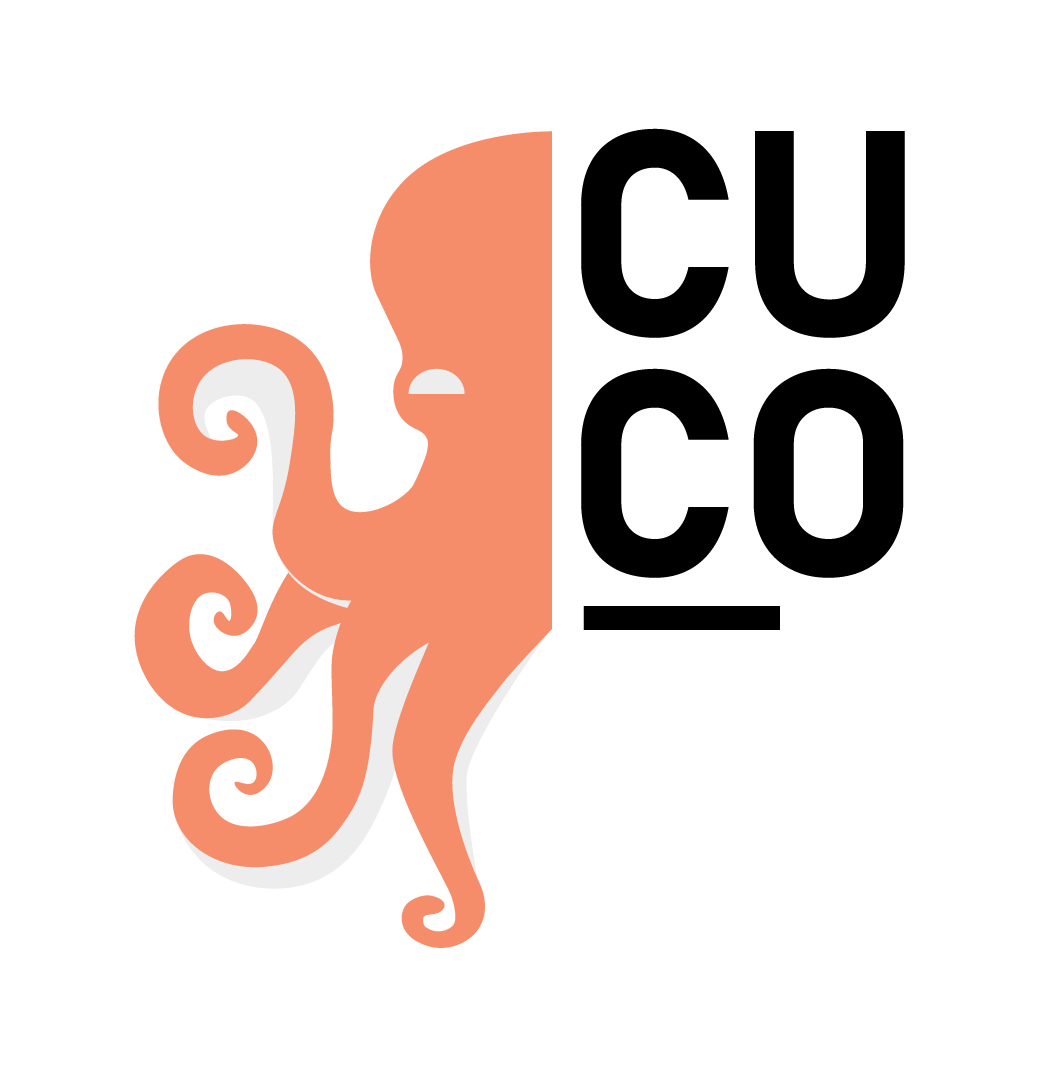Just deal with it? Chronic pain
Vrijdag 10 november was het Chronic Pain onderzoeksteam, samen met schrijfster en journalist Sanne Bloemink te gast bij het Institute for Advanced Studies (IAS) in Amsterdam. Sanne vertelde over haar ervaringen als chronisch pijn patiënt en over haar boek Pijn. Sylvia Brugman liet zien waar wij als multidisciplinair team onderzoek naar doen en hoe moeilijk en fantastisch dat is.
We spraken elkaar over het medische pijnmodel, het biopsychosociale model, en onze dj tafel als metafoor hiervoor. Patiënten, filosofen, immunologen, taalkundigen, neurologen, kunstenaars, anesthesiologen en patiëntvertegenwoordigers brachten allen een eigen perspectief in. Een van de dingen die naar voren kwam: iedereen heeft een andere definitie van chronische pijn. Sommigen vinden een definitie belangrijk omdat ze er mee moeten werken. Anderen vinden het onbelangrijk omdat we door moeten. Als we accepteren dat de definitie fluïde is en veranderlijk dan is dat ok. Ieder heeft een eigen taal voor pijn, om het inzichtelijk te maken, te kunnen delen, om ermee te werken, om er onderzoek naar te kunnen doen. Terwijl we open staan voor elkaars taal moeten meer patiënten geholpen worden. Ook in deze groep was 1 op de 5 een chronisch pijn patiënt. Bundel de krachten en op naar grootschalig interdisciplinair onderzoek. Wil je meer weten over CUCo’s Unusual Collaborations team ‘Chronic Pain'? Check here!
Friday 10 November the Chronic Pain research team, together with writer and journalist Sanne Bloemink were guests at the Institute for Advanced Studies (IAS) in Amsterdam. Sanne talked about her experiences as a chronic pain patient and about her book Pain. Sylvia Brugman showed what we as a multidisciplinary team are researching and how difficult and fantastic it is.
We talked to each other about the medical pain model, the biopsychosocial model, and our DJ table as a metaphor for this. Patients, philosophers, immunologists, linguists, neurologists, artists, anaesthesiologists and patient representatives all brought in their own perspectives. One of the things that emerged: everyone has a different definition of chronic pain. Some think a definition is important because they have to work with it. Others find it unimportant because we have to move on. If we accept that the definition is fluid and changeable then that is ok. Everyone has their own language for pain, to make it understandable, to be able to share it, to work with it, to be able to research it. While being open to each other's language should help more patients. Also in this group, 1 in 5 was a chronic pain patient. Join forces and on to large-scale interdisciplinary research. Want to know more about CUCo’s Unusual Collaborations team ‘Chronic Pain’? Check here!

